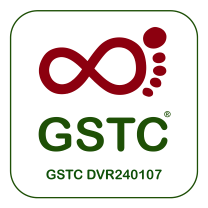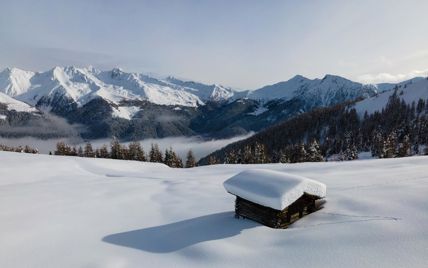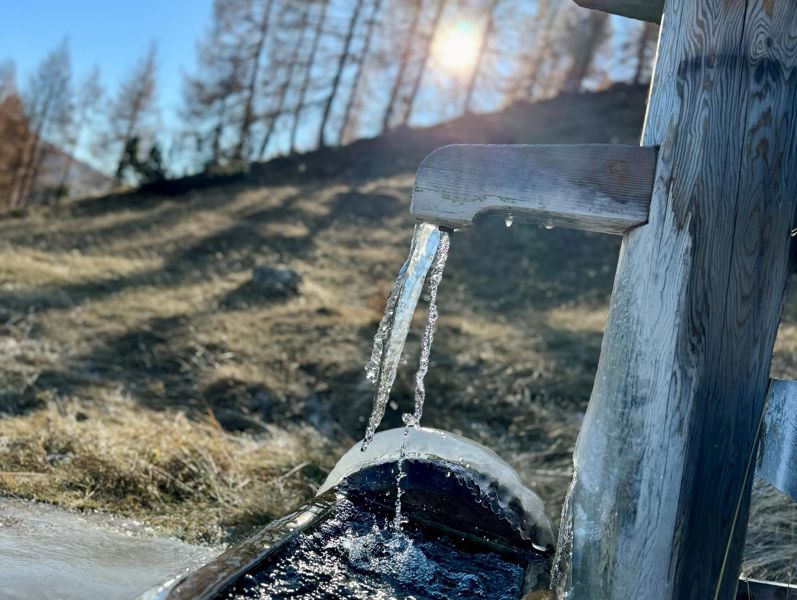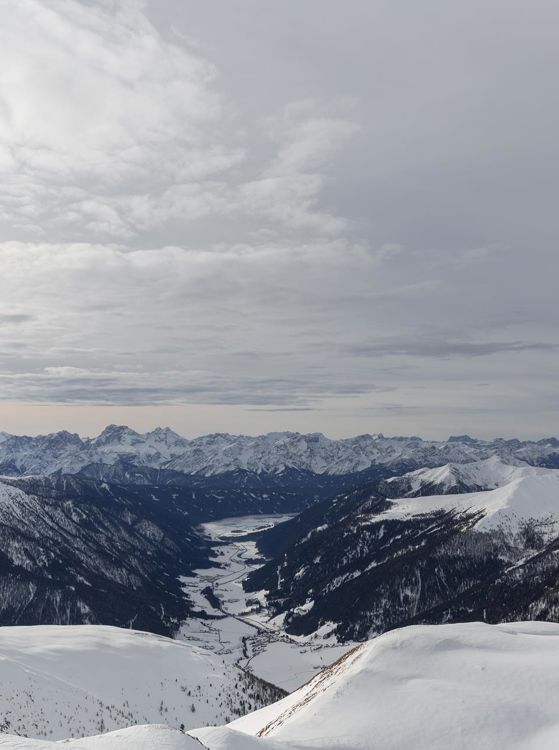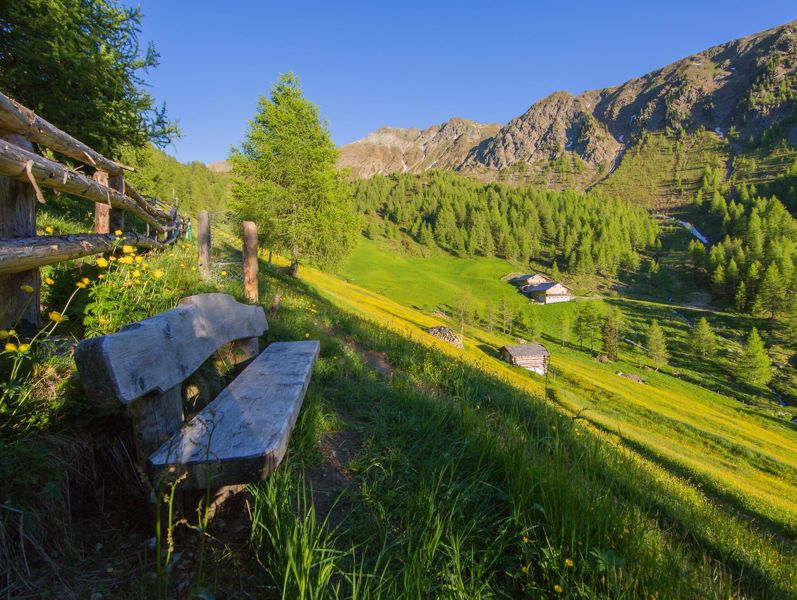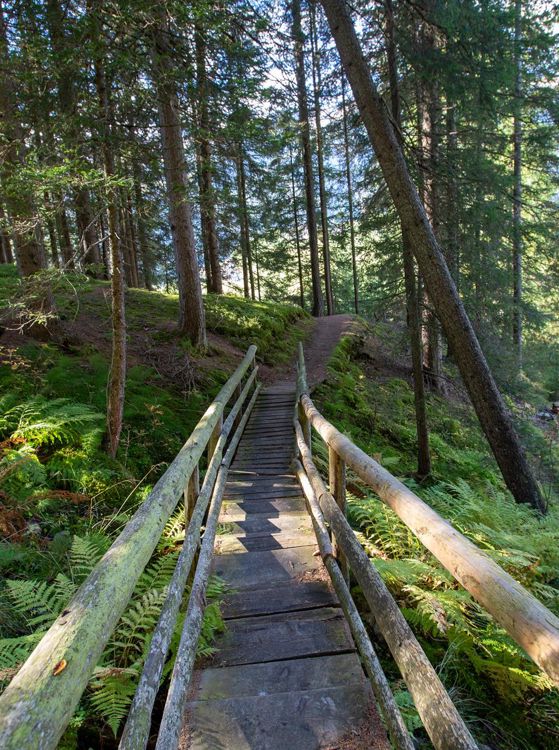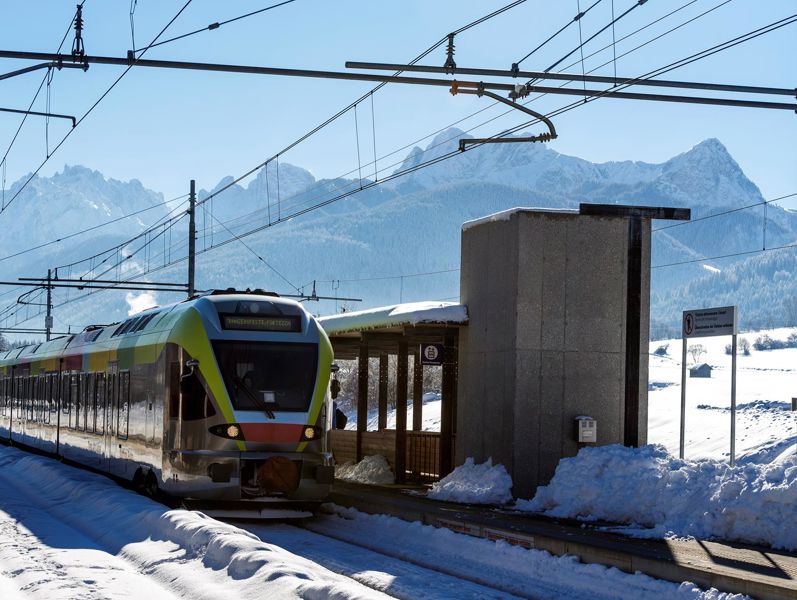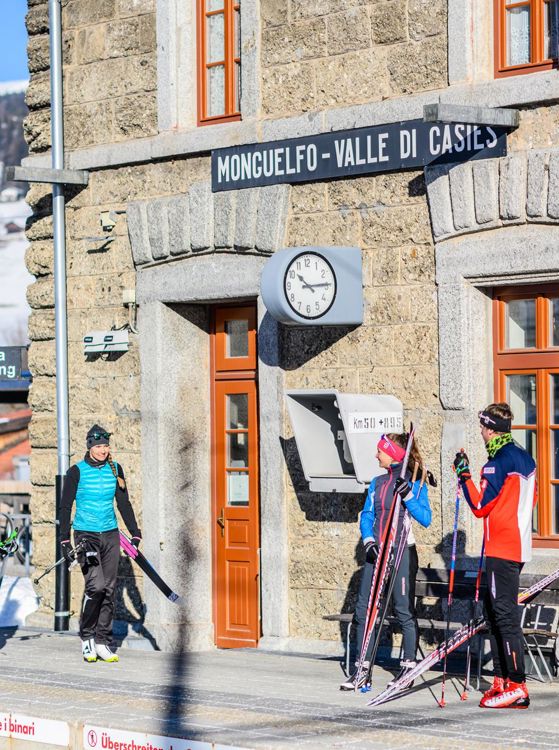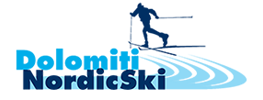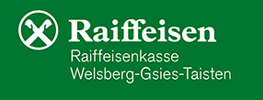- Planning: I prepare for the tours by paying attention to the weather forecast, carrying the right equipment, wearing sturdy shoes and suitable clothing and taking plenty of fluids with me.
- Mobility: I use public transport whenever possible.
- Parking: I park my vehicle in designated car parks without exception, never in meadows or at the side of the road.
- Exercise in nature: I only walk on designated hiking or cycling trails.
- Private property: I respect the private property of others. This also includes the woods, meadows and fields adjacent to the paths.
- Together on the trail: I behave considerately and responsibly towards others and nature.
- Managed huts: I am patient with the hosts of mountain huts and refuges. I consume something when using the toilets.
- Noise: I adjust my volume to the tranquillity of nature and avoid unnecessary noise.
- Preservation of flora: I do not pick flowers, berries, mushrooms or other plants.
- Fences: By closing fences, I help to protect grazing livestock.
- Grazing livestock/wild animals: I respect the animals' habitat by keeping my distance and walking past them quietly.
- Dogs: I always keep my dog on a lead and have a muzzle for emergencies.
- Fire: I don't light fires, they are forbidden.
- Rubbish: I dispose of all rubbish properly or take it home with me.
Among the flowers – with care
Our meadows change their appearance almost every day – lilies of the valley, gentians, orchids and many other flowers adorn the valley. Many of these plants are protected because they have become rare.
Let’s treat them with care: admire the plants where they grow and leave them untouched. In this way, we all contribute to the protection of species, animal welfare and the preservation of biological diversity.
Found a fossil? Here’s what to do.
If you discover a possible fossil or archaeological find, please note that, under Italian law (1939 & 1976), such discoveries are state property. Fossils are considered archaeological or cultural assets.
The find must be reported within 48 hours to the relevant authorities (Superintendence, Police, Forestry Service, or Carabinieri). Ideally, keep the object or take a photo (with a visible scale) and forward it to the regional palaeontology contact or the Natural History Museum.
If the find proves to be of scientific value, it will be preserved in the museum, with the finder’s name recorded and the possibility to view it later.
We are also part of the CleanUP Days! Check out this amazing project – and how you can join in!
